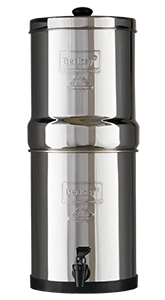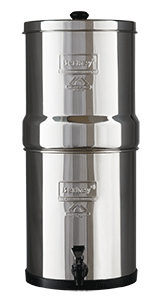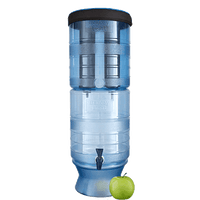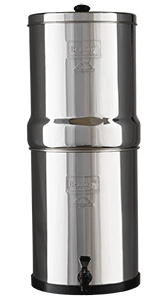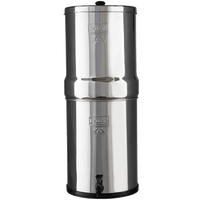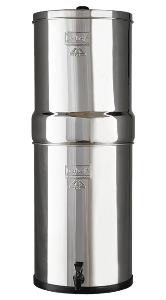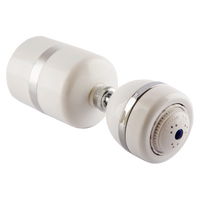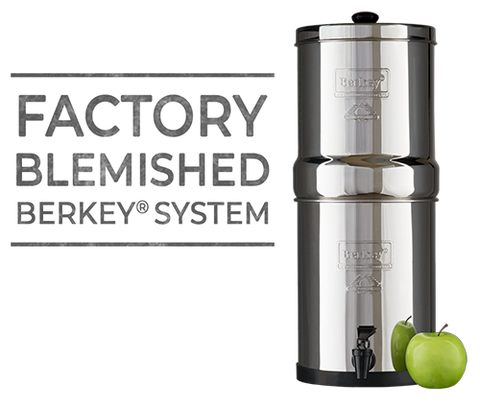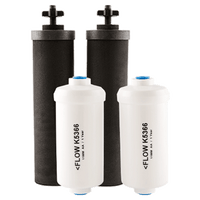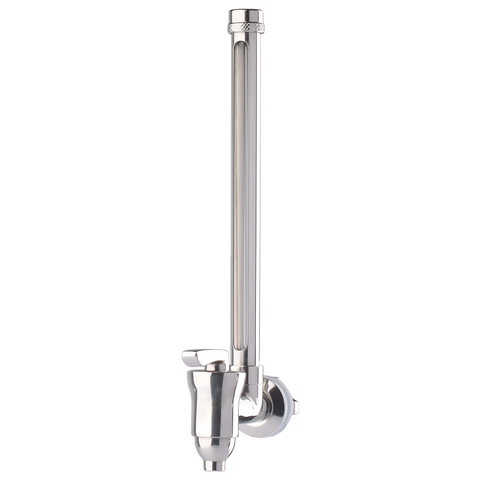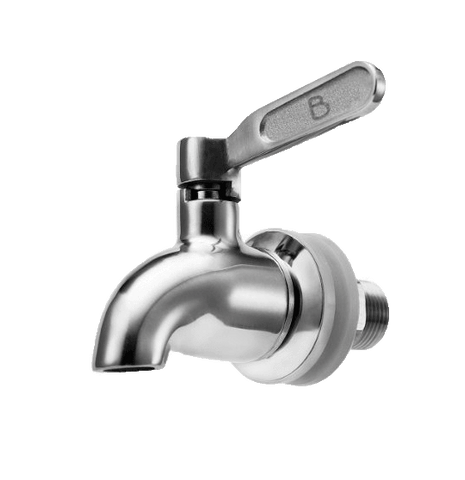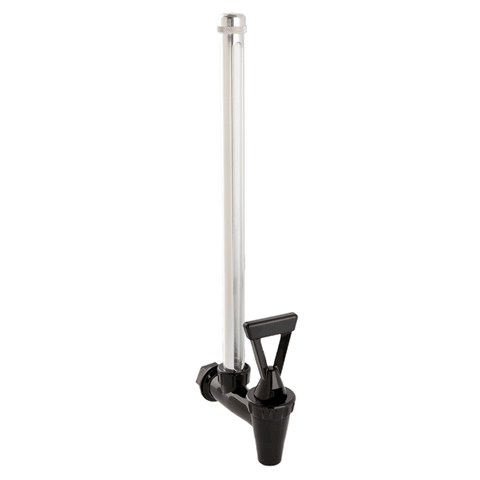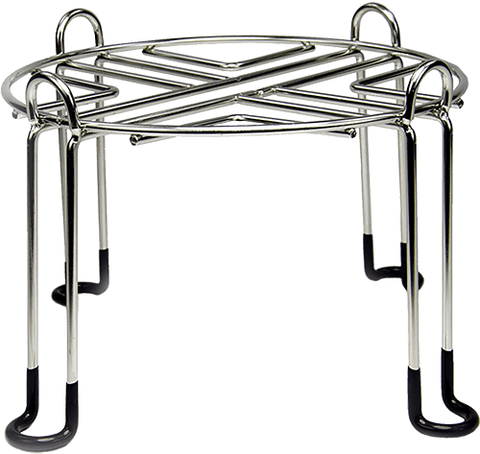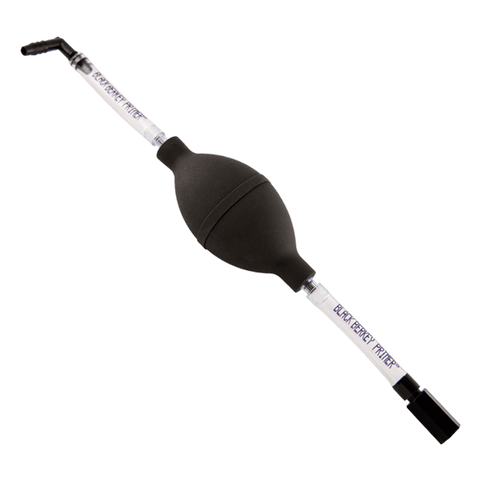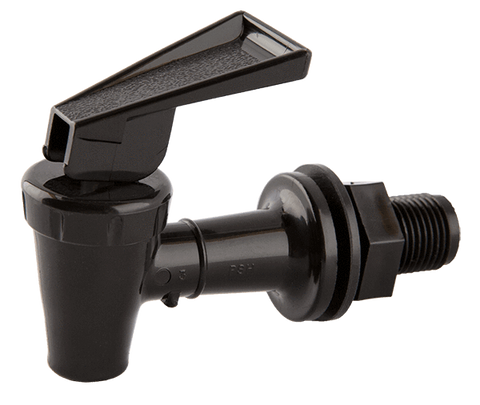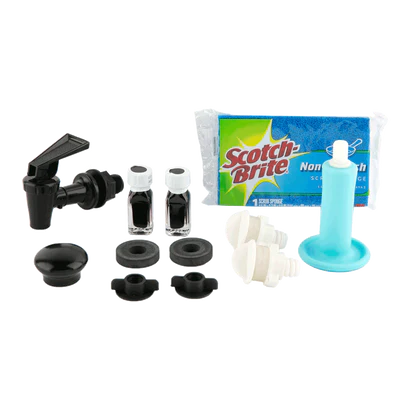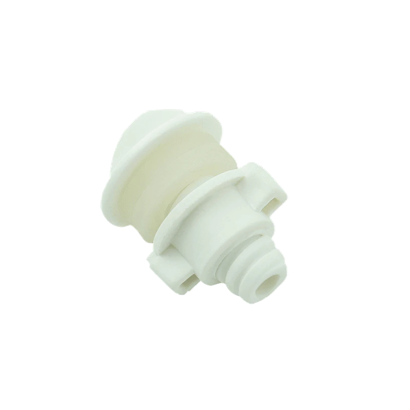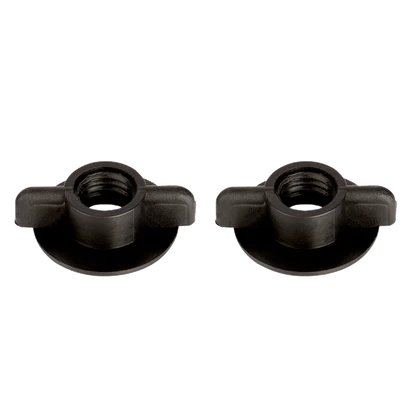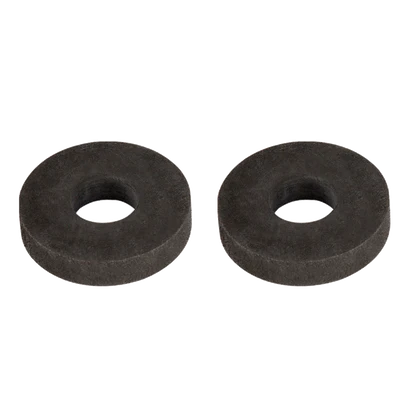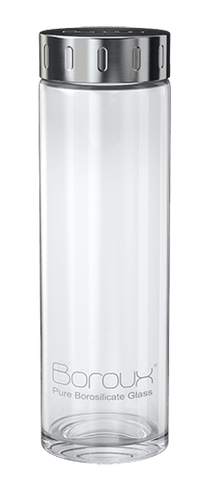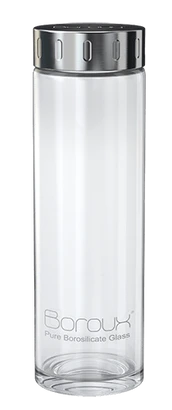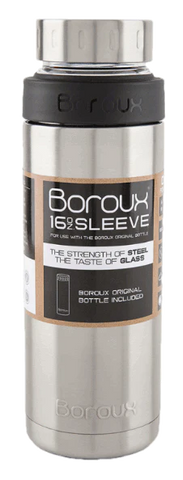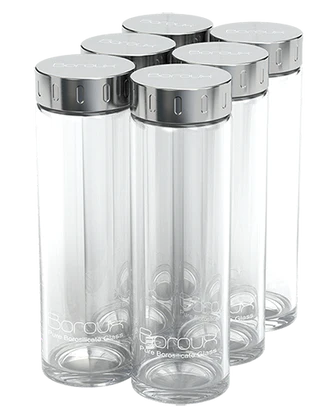Does Berkey Address Nitrates? What About Nitrites?
Berkey filters reduce more than 95% of nitrites from the water, but not nitrates.
Nitrates are chemical compounds that behave similarly to minerals and cannot be removed by activated charcoal filters. They can only be removed by water filtration methods for nitrate contamination in drinking water, which include: distillation, reverse osmosis, ion exchange, and blending.
Nitrates vs Nitrites
Both nitrates and nitrites are molecules made of the elements Nitrogen and Oxygen. Nitrates have three oxygen atoms and one nitrogen atom. The chemical format is NO3. Nitrites have two oxygen atoms and two nitrogen atoms with a chemical format of NO2. These two molecules are very similar but have a few distinct differences.
What's the difference between nitrites and nitrates?
Nitrates are a more stable molecule. They are less likely to react with other molecules, mostly because of their structure. The atoms form together in a trigonal planar shape like shape which is strong. Nitrites are considered to have a bent molecular shape that is not as strong. Nitrate ions form nitric acid, a strong acid. Nitrite ions form nitrous acid, which is a weaker acid. A strong acid is one that is virtually 100% ionized (convert atoms/molecules into ions by removing electron/s) in a solution.
The element nitrogen is essential for plant and animal life, it helps organisms grow. Nitrates and nitrites are solid compounds of gaseous nitrogen which is easier for plants and animals to process and absorb. A nitrate molecule can become a nitrite molecule (and vice versa) through a redox reaction. A redox reaction is both reduction and oxidation--the loss or gain of electrons. For nitrate to turn into nitrate it goes through the reduction process and loses an oxygen atom, while gaining a nitrogen atom. On the other hand for nitrite to become nitrate it oxidizes and gains an oxygen atom, losing a nitrogen atom.
Nitrate Usage
Nitrate is most commonly used for fertilizer. Agriculture uses nitrate mixtures for growing fruits, vegetables, and livestock feed. It is often mixed with other chemical compounds to make Ammonium Nitrate, Calcium Nitrate, and Cal-Nitro. For greenhouse, lawns, or turfs, other nitrogen fertilizers are used such as potassium nitrate, slow-release urea-formaldehyde, and organic nitrogen.
Other uses include explosives and pharmaceutical drugs. Medications with nitrate in them treat and prevent heart pain such as angina. Nitrate drugs are diuretic--they reduce blood pressure. Nitroglycerin is a recognizable nitrate drug which is used for people having a heart attack. Other drugs that use nitrates are; Nitroglycerin (such as Nitro-Dur, Nitrolingual, Nitrostat), Isosorbide (such as Dilatrate, Isordil), Nitroprusside (such as Nitropress), and Amyl nitrite or amyl nitrate.
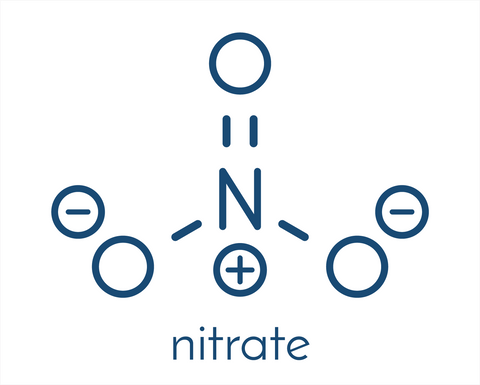
Nitrates are secreted from saliva and prevent ulcers in the digestive system by creating nitric oxide. Nitric oxide is very good and beneficial for the human body. It protects the cardiovascular system by informing the body to create mucus. NO (nitric oxide) is a signaling molecule.

Nitrite Usage
Nitrites are most commonly used for food preservation. Nitrites are used for food preservation especially in deli meats, like bacon. It's what gives the meat a pink color and prevents bacterial growth. Without it the meat would turn brown. Nitrites also give meat a salty flavor. Nitrites are an antioxidant. Naturally cured meats with labels that say no nitrites usually still have nitrites in them. Instead of applying the commonly used, sodium nitrite, to meat, celery salt is applied. However, celery salt has naturally occurring nitrites. Nitrites help prevent botulism which is a deadly disease from consuming rancid food.
How do nitrates and nitrites get into drinking water?
Nitrates can be very high in areas with shallow wells and where there are cattle. Because of its common uses in agriculture and food, inevitably some of it leaches into the ground, eventually making its way into the water system.
An individual consumes about 1.2-3 mg of nitrite every day. The main source of absorbed nitrate in the body is food, with green vegetables contributing the major portion. An estimated 80 percent of nitrite exposure comes from that produced within the body. Because it's consumed and created in the body, that also means that it is secreted from the body. Nitrates are found in the water when sewage is broken down.
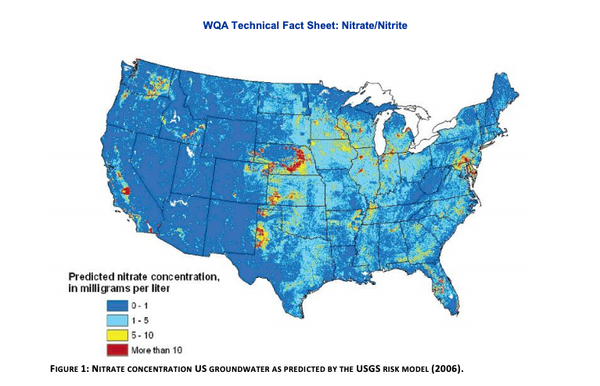
Health Risks of Nitrates and Nitrites
In high concentrations, nitrates and nitrites are toxic to humans. If consumed above the maximum contaminant level (MCL) of 10 mg/L (as nitrogen) for total nitrate and nitrite. The Food and Drug Administration allowable levels in bottled water are 10 mg/L (as nitrogen) for nitrate (approximately 44 mg nitrate/L), 1 mg/L (as nitrogen) for nitrite (approximately 3.3 mg nitrite/L), and 10 mg/L (as nitrogen) for total nitrate and nitrite. The main detrimental reaction to nitrates and nitrites is the oxidation of oxyhemoglobin which turns into ferrihemoglobin. That process leads to methemoglobinaemia.
Methemoglobinemia
A disorder where blood loses its ability to carry oxygen to tissues. The related symptoms are decreases in blood pressure, increased heart rate, headaches, abdominal cramps, vomiting, and in some cases death.
This is especially prevalent in infants less than six months old. It's nicknamed "blue baby syndrome." Their digestive systems create a reduction reaction turning nitrate into nitrite. The nitrite absorbs through the stomach and reacts with hemoglobin to form methemoglobin, which does not have the oxygen-carrying capacity of hemoglobin. Therefore creating a severe oxygen deficiency.
Cancer
Nitrates and nitrites react with amino acids which creates nitrosamines--a known carcinogen. Nitrosamines can be formed when food is burned or cooked at high temperatures. Proteins in meats are chains of amino acids so the likelihood of amino acids and nitrites interacting is extremely high.
From the Agency for Toxic Substances and Disease Registry, Division of Toxicology and Human Health Sciences:
"The International Agency for Research on Cancer (IARC) noted that the presence of nitrite and some types of amines or amides in the acid environment of the stomach may result in the production of some cancer-causing N-nitroso compounds; under these conditions, IARC determined that ingested nitrate and nitrite is probably carcinogenic to humans. The EPA has not classified nitrate or nitrite for carcinogenicity." --ToxFAQs
How does Berkey reduce nitrites from water?
Based on test results from accredited third-party labs that have reported that the Black Berkey filters meet EPA Drinking Water Standards and ANSI/NSF (Std. 53) protocol, and reduce over 95% of nitrites from water. The filters are made up of a dense material that many molecules cannot even pass through it. The material of the black filters also has adsorption and absorption properties, creating and ionic barrier repelling molecules. Read more in-depth about how the Berkey filtration process works.
Make the smart move by filtering water with Berkey to reduce the harmful toxins. Add our fluoride filters to reduce the fluoride in your tap water. Big Berkey Water Filters are one of several Berkey systems. Browse Berkey Filters to find the ideal product for your family.

What else Do Berkey Filters Reduce?
Does Berkey Reduce
Chromium 6?
While most water filters don’t reduce chromium-6, the good news is Berkey filters reduce >99.8% of Chromium-6.

